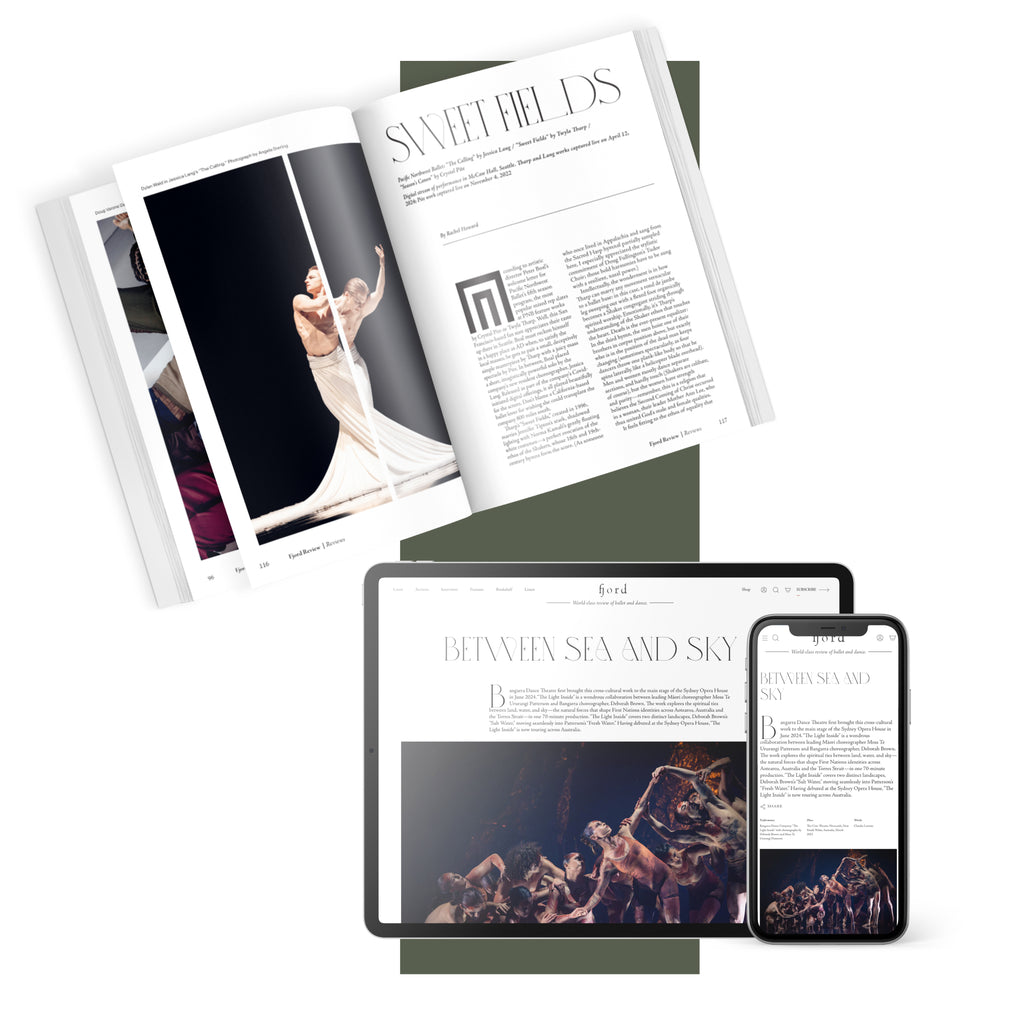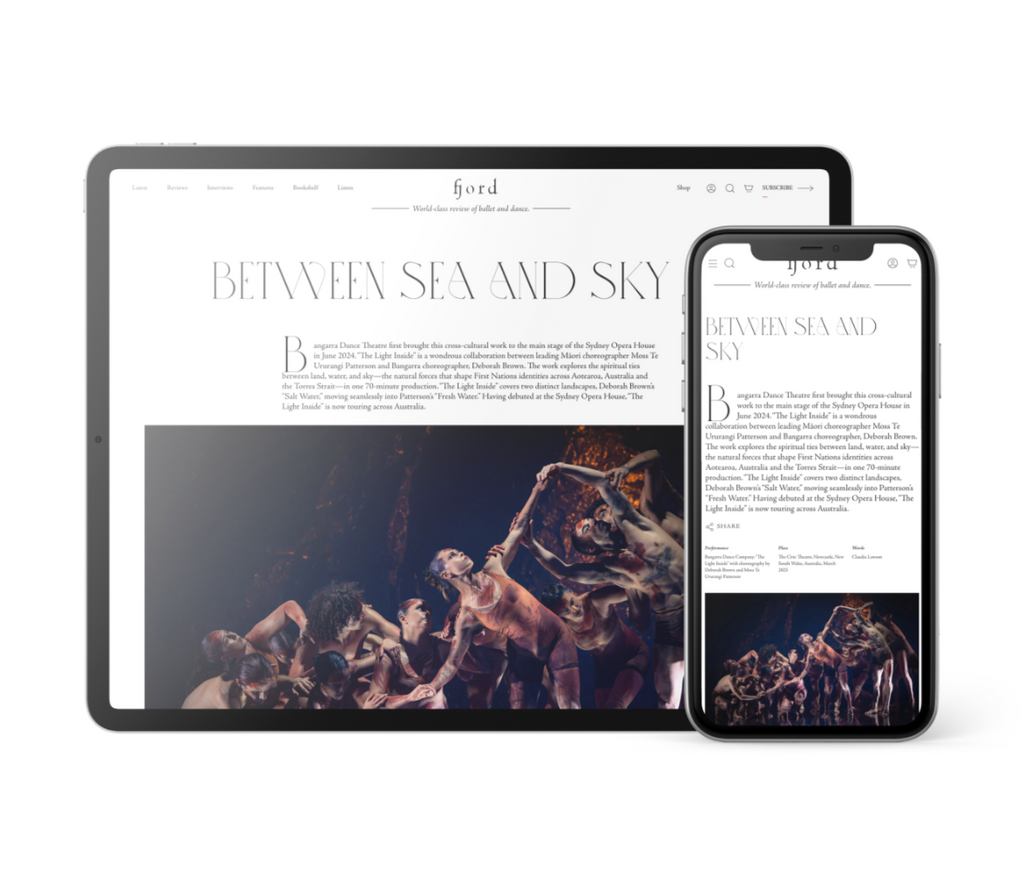Talent Time
It’s “Nutcracker” season at San Francisco Ballet—36 performances packed into three weeks—which means that the company is currently serving two distinct audiences.
Plus
World-class review of ballet and dance.
It is not unusual for a New York City Ballet program to consist of two Peck ballets and a Ratmansky. But until last night, there had not been two different Pecks represented in such a scenario. Elite principal dancer Tiler Peck has made her first ballet for her home troupe, “Concerto for Two Pianos,” and it is masterful. In so doing, she has posed a unique problem for dance writers: forevermore we are going to have to use precious article space to explain that Tiler is no relation to Justin Peck, even though she is now also a bona fide choreographer. (We will also have to differentiate them. Honorifics feel bulky to me today, so I’ll use first names for clarity.) Oh dear, audience members are already so confused. I overhear queries about their relationship all the time in the seats. It would be so much more plausible if they were twins, or married, or at least distant cousins. So be it: “Tiler Peck: Choreographer” is clearly here to stay.
Performance
Place
Words



“Uncommonly intelligent, substantial coverage.”
Your weekly source for world-class dance reviews, interviews, articles, and more.
Already a paid subscriber? Login

It’s “Nutcracker” season at San Francisco Ballet—36 performances packed into three weeks—which means that the company is currently serving two distinct audiences.
PlusLast week I caught up with choreographer Pam Tanowitz and Opera Philadelphia’s current general director and president, countertenor Anthony Roth Costanzo to talk about “The Seasons,” the company’s latest production premiering at the Kimmel Center’s 600-plus seat Perelman Theater on December 19.
PlusIf Notre-Dame remains one of the enduring symbols of Paris, standing at the city’s heart in all its beauty, much of the credit belongs to Victor Hugo.
PlusWhen dancer and choreographer Marla Phelan was a kid, she wanted to be an astronaut. “I always loved science and astronomy,” Phelan said.
Plus
comments